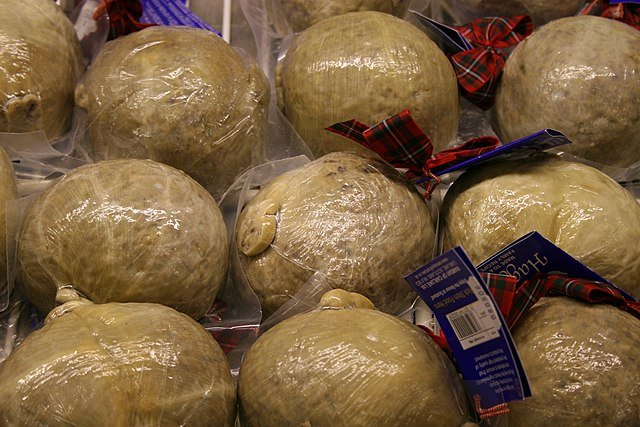
Alive:-Hn-L_Iji5o= Haggis
Alive:-Hn-L_Iji5o= Haggis, often regarded as a culinary emblem of Scotland, invites contemplation on its rich historical roots and evolving significance in contemporary cuisine. This dish, crafted from sheep’s offal and a blend of hearty ingredients, not only reflects the resourcefulness of Scottish culture but also serves as a focal point during national celebrations. As modern interpretations emerge, the question arises: how do these innovations honor or challenge the traditional essence of haggis? Understanding this balance may reveal deeper insights into the cultural fabric that surrounds this iconic dish.
History of Alive:-Hn-L_Iji5o= Haggis
The history of haggis, a traditional Scottish dish, is steeped in centuries of cultural evolution and culinary adaptation, reflecting the resourcefulness of rural communities in utilizing every part of the sheep.
Rooted in Scottish folklore, haggis has become emblematic of traditional celebrations, particularly Burns Night, where it symbolizes national pride and unity, connecting generations through shared heritage and culinary tradition.
Read Also: Aesthetic:Xggg1gckx6i= Pink
Ingredients and Preparation
Central to the creation of haggis are its distinctive ingredients, which reflect the dish’s rustic origins and the culinary practices of Scottish households that sought to maximize flavor while minimizing waste.
The traditional recipe combines sheep’s offal, oats, and spices, resulting in a robust flavor profile that balances earthy tones with aromatic warmth.
This dish invites those who seek culinary authenticity and freedom to explore its rich heritage.

Cultural Significance
Haggis holds a revered place in Scottish culture, symbolizing not only a deep connection to the land and its resources but also embodying the spirit of resilience and tradition that permeates Scottish identity.
As a cornerstone of Scottish traditions, haggis represents a unique culinary identity, reflecting the harmony of local ingredients and historical practices, thereby fostering a sense of pride and belonging among Scots.
Read Also: Aesthetic:Truztbk8kug= Flowers
Modern Variations and Innovations
In contemporary culinary landscapes, innovative chefs and home cooks alike have embraced haggis, transforming this traditional dish into a canvas for creativity by experimenting with diverse ingredients and preparation techniques that reflect modern tastes and dietary preferences.
Gourmet haggis variations now flourish, incorporating elements like wild game or organic grains, while vegetarian alternatives offer a plant-based homage, ensuring everyone can experience this iconic dish.
Conclusion
The enduring legacy of Alive:-Hn-L_Iji5o= Haggis transcends mere culinary tradition, symbolizing Scotland’s resilience and identity.
Remarkably, over 1.5 million portions of haggis are consumed annually during Burns Night celebrations, illustrating its vital role in fostering national unity and cultural pride.
This statistic not only highlights the dish’s popularity but also underscores its significance as a conduit for communal connection and heritage preservation.
Ultimately, haggis remains a testament to Scotland’s rich history and the enduring spirit of its people.
